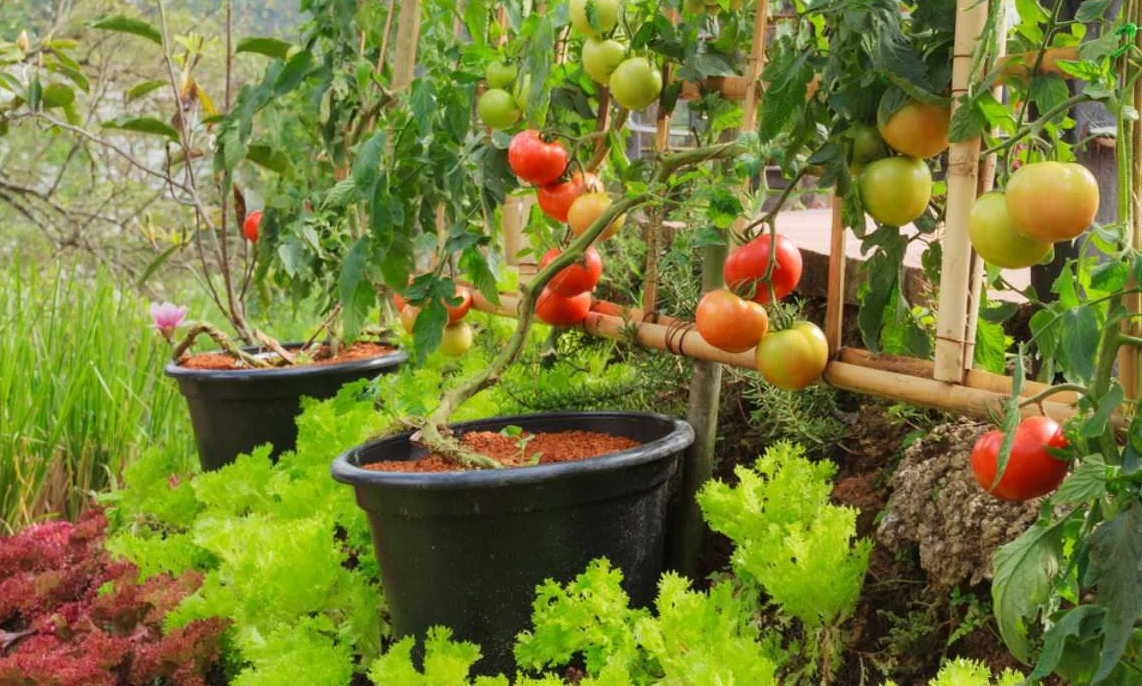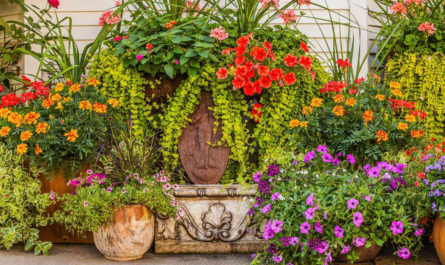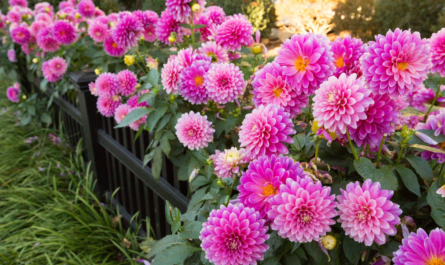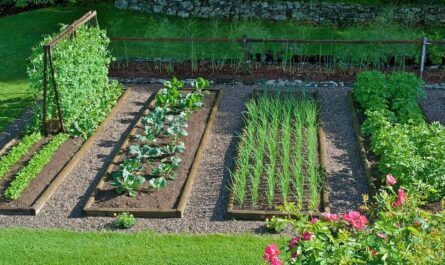Establishing a vegetable garden is a fulfilling project that fosters a relationship with nature and yields fresh produce. You can cultivate your own veggies in a tiny balcony or a large backyard. You will be guided through the process of starting a vegetable garden by this tutorial.
Why Start a Vegetable Garden?
There are many advantages of growing vegetables:
- Healthier Eating:Vegetable gardening can lower grocery costs.
- Physical Activity:It’s a terrific way to get exercise to garden.
- Sustainability:The environment benefits when less produce needs to be transported.
- Mental Well-being:You can feel happier and less stressed when you garden.
Planning Your Vegetable Garden

1. Choose the Right Location
It’s important to choose the ideal location for your vegetable garden. Here are some pointers:
- Sunlight: Most veggies require six to eight hours a day in direct sunlight.
- Soil Quality:Make sure the soil drains properly and is fertile. By incorporating organic matter or compost, you can enhance poor soil.
- Water Access: For convenient irrigation, pick a spot close to a water source.
- Space: Take into account both the amount of room you have and the kinds of veggies you wish to plant.
2. Decide What to Grow
Start with climate-appropriate and easily grown vegetables. Options that are suitable for beginners include:
- Leafy green vegetables: kale, spinach, and lettuce.
- Root vegetables: include beets, carrots, and radishes.
- Nightshades: include eggplants, peppers, and tomatoes.
- Legumes: Peas and beans.
Preparing Your Garden
3. Soil Preparation
The basis of any successful garden is good soil. Take these actions:
- Test the Soil: To determine the pH and nutrient levels in the soil, use a soil testing kit. Most vegetables prefer soil that is slightly acidic (pH 6-7) over neutral soil.
- Modify the Soil: To improve the soil’s quality, add manure, compost, or organic fertilisers.
- Till the Soil: To promote better aeration and root development, till the soil.
4.Choose the Right Planting Method
There are several planting techniques to think about:
- In-Ground Beds: A classic technique appropriate for bigger areas.
- Raised Beds: Garden beds that are raised to enhance soil quality and drainage.
- Container gardening: is perfect for tiny areas like patios and balconies. Use pots with holes for drainage.
Planting Your Vegetables
5. Sowing Seeds vs. Transplants
Vegetables can be started from seeds or bought as transplants, which are immature plants. This is a contrast.
Seeds: Less expensive and more diverse. Certain crops are best grown from seeds, such as radishes and carrots.
Transplants: Faster and easier, particularly for novices. Perfect for veggies like peppers and tomatoes.
6. Planting Tips
- Spacing: Pay attention to the suggested spacing instructions found on plant labels or seed packets.
- Depth: Be sure to sow seeds at the proper depth. Plant seeds two or three times as deep as their diameter on average.
- When watering: make sure the soil is damp but not soggy. Water sparingly so as not to remove the seeds.
Caring for Your Vegetable Garden
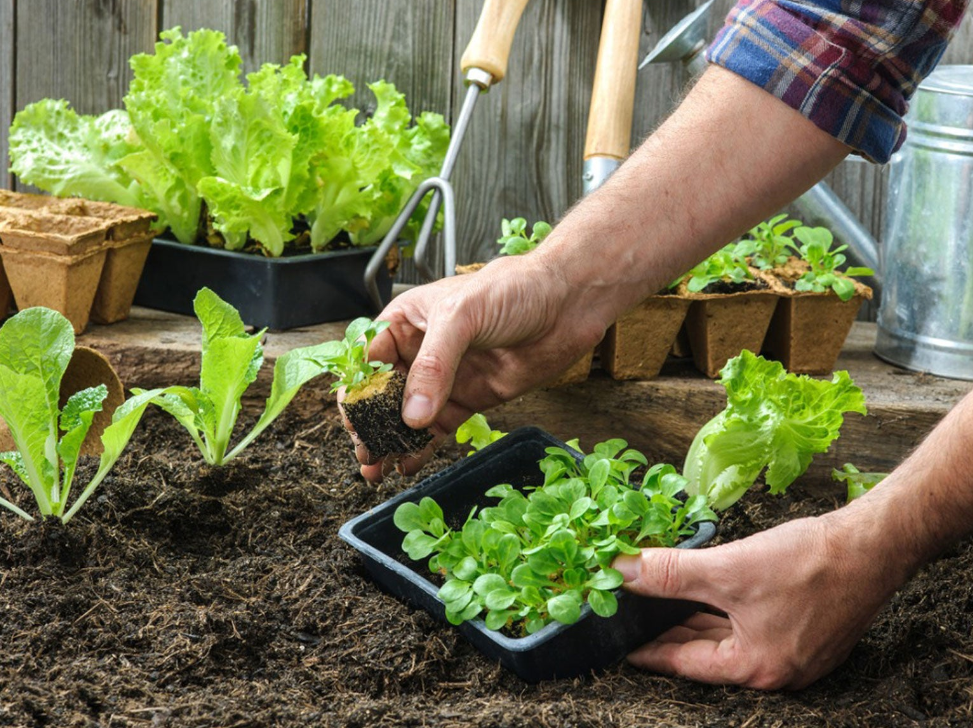
7. Watering
Watering plants consistently is essential for their health. hints for efficient watering
- Watering in the morning: Watering in the morning helps to avoid fungal illnesses and reduce evaporation.
- Deep Watering:In order to promote deep root growth, water deeply. Refrain from frequent, superficial watering.
- Mulching: Mulch helps to keep soil healthy, keep moisture in the soil, and keep weeds out.
8. Weeding
Vegetables compete with weeds for nutrients and moisture. Maintain a weed-free garden by:
- Hand-Weeding Frequently: Use a hoe or your hands to remove weeds.
- Mulching: Mulch inhibits the growth of weeds as well.
9. Pest and Disease Management
Use these tactics to keep pests and illnesses out of your garden:
- Companion Planting:Plant bug-repelling flowers and herbs.
- Natural Predators:Promote predatory beetles and ladybugs, among other helpful insects.
- Organic Pesticides:Make use of organic remedies such as insecticidal soap or neem oil.
Harvesting and Enjoying Your Produce
10. Harvesting Tips
For optimal flavor and nutrients, harvesting should occur at the appropriate time. Typical recommendations consist of:
- Leafy Greens: Pick when the leaves are still fresh and young.
- Root Vegetables:When they get to the right size, pull.
- Fruiting Vegetables: Select completely ripe tomatoes, peppers, and beans.
11. Storing and Preserving
To enjoy your produce all year long, store and preserve it:
- Refrigeration: You can keep most vegetables in the refrigerator for a few days or even weeks.
- Freezing: Blanch any extra produce and freeze it.
- Canning: To store veggies for a long time, preserve them in jars.
Conclusion
Vegetable gardens are rewarding endeavours that provide a bounty of flavourful, fresh vegetables as well as a host of health advantages. You can have a flourishing garden in either a little balcony or a vast backyard by following these tips. Cheers to your successful gardening!
